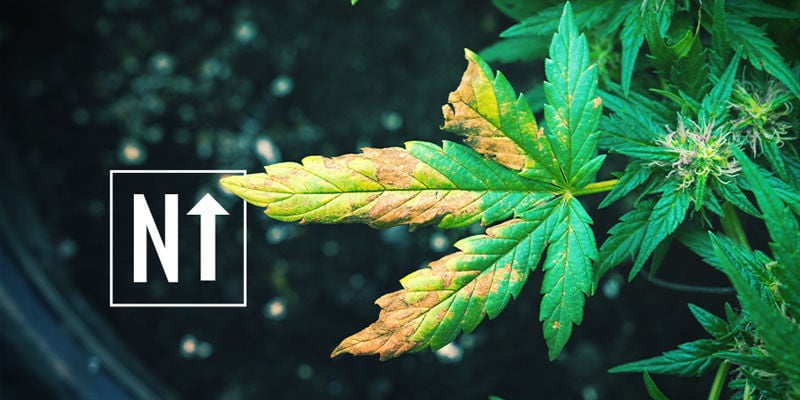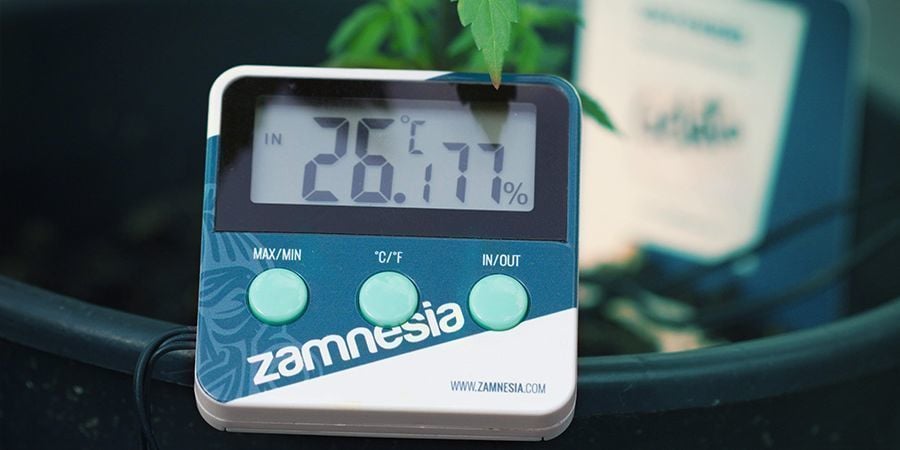
7 Factors That Could Affect Cannabis Flowering
The light cycle isn't the only variable that affects when cannabis plants bloom. Read on to learn about seven external factors than can accelerate or delay the flowering phase, so you can confidently deal with any issues that arise.
As cannabis growers, we typically like to maintain as much control as possible over our operation. For cultivators of photoperiod cannabis strains, this means dictating when plants flower by reducing the hours of light indoor specimens receive. Outdoors, it’s up to Mother Nature to declare when it’s time for plants to start developing buds. But what do you do when your photoperiod plants move into the bloom phase without the approval of you or Mother Nature?
Unfortunately, when your cannabis plants start flowering, and for how long, can be altered by factors outside of the light cycle alone. It then becomes up to you, the grower, to identify and rectify the issues.
Below, we’ll explore seven external factors that can accelerate, delay, or extend flowering in cannabis plants.
Poor Nutrition
Your cannabis plants need food to develop, and poor nutrition can signal them to start flowering in fear of dwindling resources. While excess nutrients can be just as damaging as too few, cannabis tends to induce preemptive flowering when levels of vegetative nutrients wane.
Experienced cannabis growers know that nitrogen is the primary macronutrient used to support the vegetative phase. Once plants enter flowering, growers reduce N levels in favour of other nutrients, particularly phosphorus (P).
Gibberellic acid (GA) plays a significant role in inducing flowering in photoperiod plants. Interestingly, it’s under “nitrate-limiting conditions” that GA levels are increased and flowering begins.
As such, it stands to reason that low levels of nitrate in the soil (plant-available nitrogen) tells plants that the vegetative phase is coming to a close, and they should hurry up and start blooming before the impending winter.
So, even if you have your plants on an 18/6 light cycle, low nitrate levels could be enough to move the flowering date up to the immediate future.
Sucrose and Lipid Levels
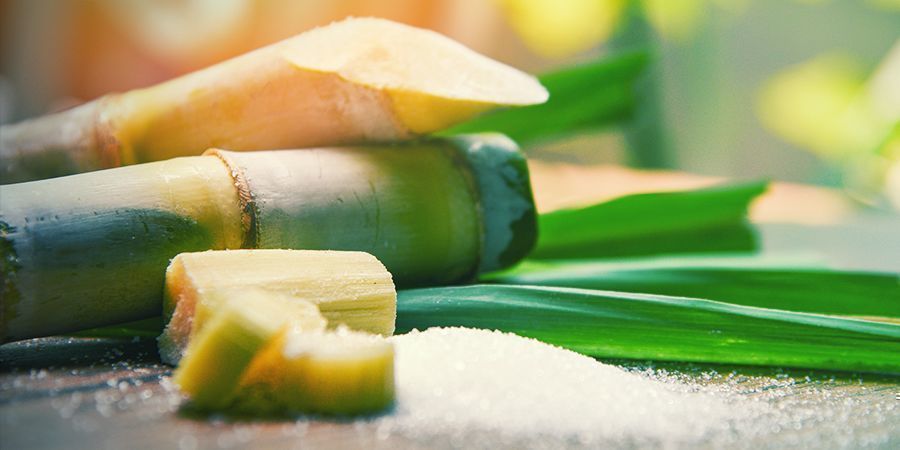
Sugar is imperative to the development of cannabis plants, and, indeed, plants are sensitive to both excess and limited amounts of the substance. Though it hasn’t been confirmed in cannabis yet, certain photoperiod-dependent plants will induce flowering when administered a low concentration of sucrose.
On the contrary, higher concentrations of around 5% or more are known to delay flowering in certain species. This means that adding too much sugar can prevent flowering from occurring, which can be just as inconvenient as flowering too early.
In addition to sugar, increased lipid content is believed to speed up the onset of the flowering phase. A 2015 study on rapeseed plants revealed that the overexpression of BnWRI1 (involved in fatty acid biosynthesis) “led to accelerated plant flowering 4–6 days earlier without reduced vegetative growth”. This could also be because BnWRI1 was noted to increase levels of soluble sugars, which, as mentioned above, promote flowering in their own right.
Ambient Temperature
In addition to the light cycle, ambient temperature can also influence when a cannabis plant enters bloom. Cannabis tends to enjoy daytime temperatures of 20–30°C, with slightly lower nighttime temperatures.
Studies show that temperatures above 27°C results in an upregulation of flowering proteins in certain species, causing plants to enter bloom earlier. On the other hand, plants tend to move into the flowering phase later when temperatures are well below the ideal range.
That said, excessively high temperatures (above 30°C) have the potential to delay flowering as well, as plants will struggle to carry out normal physiological processes.
For the cannabis grower, it's a fine balancing act of providing adequately high temperatures without stressing plants and increasing the risk of health issues. Outdoors, even moving your containers to a shadier spot during the hottest part of the day can prevent issues associated with excess heat.
Drought
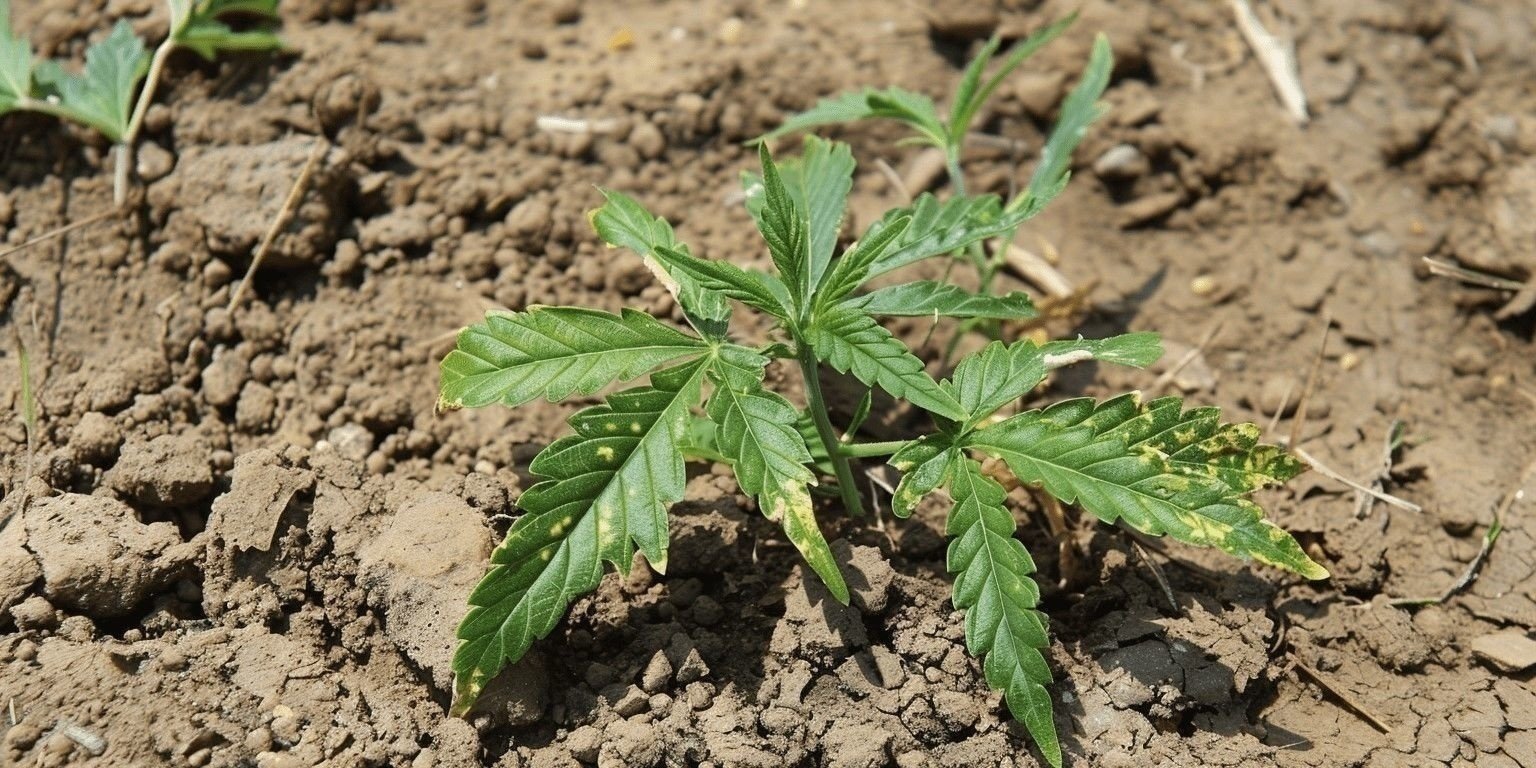
Building on the point above, drought conditions are also capable of accelerating the normal progression into flower. Cannabis plants require a steady supply of water throughout their life. When they go too long without moisture, the stress can cause them to induce flowering early, in hopes of giving rise to seeds before kicking the bucket.
Interestingly, research has been conducted on “controlled drought” in cannabis. In a 2019 study, researchers found restricting water during the flowering phase to boost cannabinoid content significantly; 12% more THCA and 13% more CBDA was recorded compared to the control group. For this reason, among others, some cannabis growers purposefully restrict watering in hopes of achieving a more potent harvest.
On the other hand, excess water can prevent flowering from occurring, and poses a significant threat to the health and viability of your plants. Unlike drought conditions, to which cannabis is actually pretty resilient, too much water can spell a death sentence for your crop.
Salt Buildup
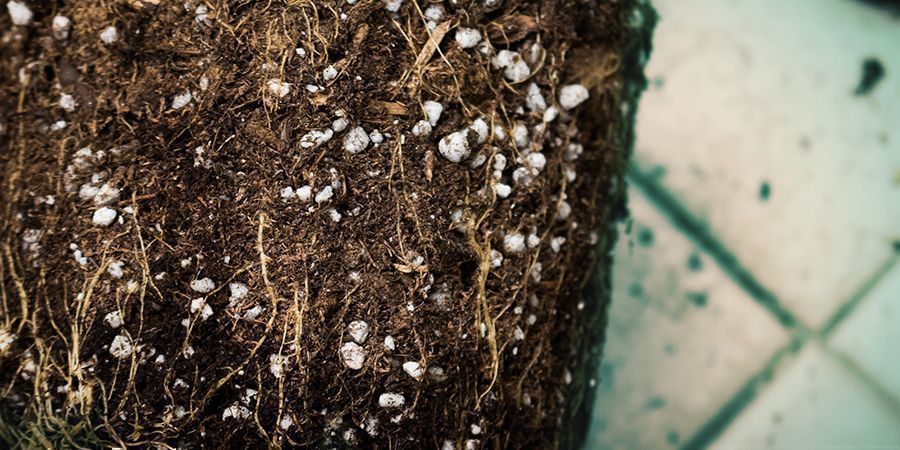
Another culprit capable of repressing flowering is excess salt. Studies have shown high salinity to directly prevent flowering from occurring, with higher salt concentrations exerting a more severe effect than lower concentrations.
Unfortunately for non-organic growers, excess salt is not an uncommon plight in the grow room. Feeding your plants with mineral nutrients can cause salt buildup around the root zone, preventing nutrient uptake. Not only will this stall flowering, but it can give rise to a host of other problems, especially those associated with nutrient lockout.
It appears that salt represses flowering by interfering with the signalling pathway of gibberellic acid, which, as mentioned above, is a key substance associated with inducing flowering.
In the event that excess salinity causes any issues, simply flush the substrate with pure water to rid the root zone of the buildup.
Exogenous Chemicals

Exogenous chemicals—those administered to plants—can also play a role in when your cannabis flowers. Some of these chemicals are actually the result of states mentioned above, such as drought, high temperatures, and high salinity. Let’s examine how administering these chemicals can delay or speed up the onset of flowering.
-
Nitric Oxide (NO)
Nitric oxide is a free radical that acts as a signalling molecule in plants. This chemical is present throughout the entire plant life cycle and can influence when your plants flower. Exogenous applications of NO are known to repress flowering in various short-day plants. Notably, levels of NO can spike as a result of factors such as drought and pathogens.
-
Nitrogen Dioxide (NO₂)
Unlike NO, nitrogen dioxide (NO₂) plays the role of a positive growth regulator in plants, and can stimulate flowering with sufficient atmospheric levels. Applying NO₂ to a cannabis grow is likely to speed up flowering without adversely affecting vegetative growth. That said, excessive NO₂ can be just as detrimental as very low levels.
-
Atmospheric Carbon Dioxide (CO₂)
It’s not uncommon for cannabis growers to increase the levels of atmospheric CO₂ in the grow space in hopes of achieving bigger, healthier, and more productive plants. CO₂ helps to drive photosynthesis and reduces transpiration, in turn leading to elevated levels of sugar in the foliage.
This, in turn, could be why CO₂ also manages to accelerate flowering in various plants. It should be noted, however, that CO₂ can affect flowering in different ways in different plants.
-
Ascorbic Acid (AA / Vitamin C)
Ascorbic acid plays a major role in the biosynthesis of hormones responsible for dictating flowering time in plants. Studies have found elevated levels of AA to inhibit the gibberellic acid pathway, in turn delaying flowering.
Presence of Microbial Pathogens
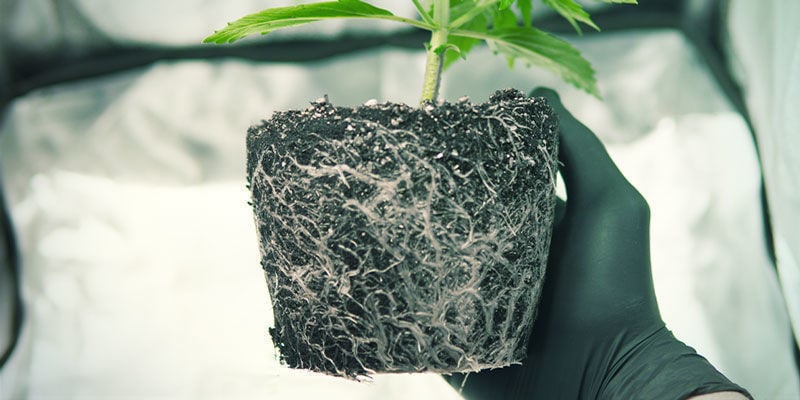
Yes, even bacteria, fungi, and other pathogens are capable of affecting when your plants bloom. Fungal pathogens like Fusarium, for example, can cause early and late flowering in certain species, depending on whether the specific phenotype has a high resistance to the plight.
A 2003 study looked at how the bacterial pathogen P. syringae affected flowering time in susceptible plants. Whereas small amounts of the pathogen were shown to speed up flowering by a number of days, larger amounts were shown to delay it.
It’s not just pathogenic species that can affect flowering time; natural soil microbes can also have an impact. For example, certain forms of rhizobacteria—beneficial bacteria that work with the root system—actually speed up the onset of the flowering phase by improving soil composition and increasing expression of activator protein 1 (AP-1).
7 Factors That Affect Cannabis Flowering: What Can You Do?
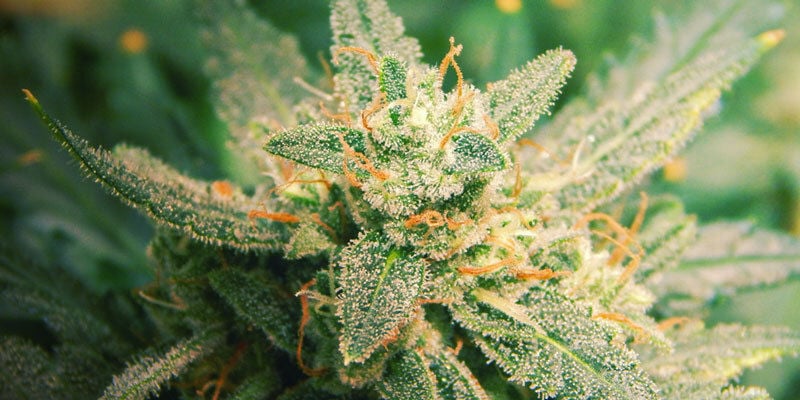
Although some of the above conditions have the potential to adversely affect your cannabis grow, others can actually be exploited to help you. For example, many growers feed their plants a sugar supplement, such as molasses, to enhance photosynthesis and potentially speed up flowering. Furthermore, exposing plants to higher average temperatures (within the desired range) and administering more CO₂ could make for a more efficient and productive grow.
In any case, being armed with the knowledge that external factors can affect flowering time will help you be more resilient to any issues you do face, whether it's pests, drought, or poor nutrition.
- (n.d.). (PDF) Increasing Inflorescence Dry Weight and Cannabinoid Content in Medical Cannabis Using Controlled Drought Stress - https://www.researchgate.net
- Barth, Carina, De Tullio, Mario, Conklin, & Patricia L. (2006/05/01). role of ascorbic acid in the control of flowering time and the onset of senescence | Journal of Experimental Botany | Oxford Academic - https://academic.oup.com
- Misa Takahashi, & Hiromichi Morikawa. (2014). Nitrogen dioxide is a positive regulator of plant growth - https://www.ncbi.nlm.nih.gov
- Qing Li, Jianhua Shao, Shaohua Tang, Qingwen Shen, Tiehu Wang, Wenling Chen, & Yueyun Hong. (2015). Wrinkled1 Accelerates Flowering and Regulates Lipid Homeostasis between Oil Accumulation and Membrane Lipid Anabolism in Brassica napus - https://www.ncbi.nlm.nih.gov
- Tonia M. Korves, & Joy Bergelson. (2003, September). A Developmental Response to Pathogen Infection in Arabidopsis - https://www.ncbi.nlm.nih.gov
-
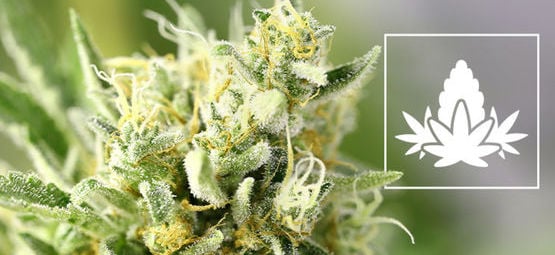 6 min
6 June 2024
The Flowering Phase Of Cannabis Cultivation
The flowering stage is when the exciting stuff really starts to happen—you begin to see your trichome-laden buds take shape! Getting everything right during this stage is a surefire way to achieve...
6 min
6 June 2024
The Flowering Phase Of Cannabis Cultivation
The flowering stage is when the exciting stuff really starts to happen—you begin to see your trichome-laden buds take shape! Getting everything right during this stage is a surefire way to achieve...
-
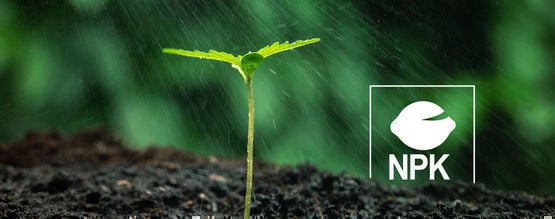 7 min
14 July 2022
How To Feed Cannabis Plants Nutrients
A healthy cannabis plant requires a pretty strict diet. Think of it a bit like a top-level athlete, and yourself as their nutritionist. Optimising food intake is key to getting the best results....
7 min
14 July 2022
How To Feed Cannabis Plants Nutrients
A healthy cannabis plant requires a pretty strict diet. Think of it a bit like a top-level athlete, and yourself as their nutritionist. Optimising food intake is key to getting the best results....
-
 3 min
24 January 2021
Comparing Liquid Nutrients Vs Granular Nutrients
There are plenty of anecdotes about what works best for cannabis plants, and everyone you ask will have their own techniques and tricks. But there is one common connection that links them, and...
3 min
24 January 2021
Comparing Liquid Nutrients Vs Granular Nutrients
There are plenty of anecdotes about what works best for cannabis plants, and everyone you ask will have their own techniques and tricks. But there is one common connection that links them, and...
-
 6 min
17 January 2021
When To Switch Cannabis From Vegetative To Flowering Phase
Properly switching cannabis plants from the vegetative to the flowering phase is a major step in reaching a successful harvest. There are many factors that play into when and how you should do it,...
6 min
17 January 2021
When To Switch Cannabis From Vegetative To Flowering Phase
Properly switching cannabis plants from the vegetative to the flowering phase is a major step in reaching a successful harvest. There are many factors that play into when and how you should do it,...
-
 4 min
16 April 2020
How To Speed-Up Cannabis Flowering And Harvest
You don't have to wait months upon months to smoke your home-grown weed. You can manipulate the growing cycle to ensure your buds are ripe and ready in a matter of weeks.
4 min
16 April 2020
How To Speed-Up Cannabis Flowering And Harvest
You don't have to wait months upon months to smoke your home-grown weed. You can manipulate the growing cycle to ensure your buds are ripe and ready in a matter of weeks.
-
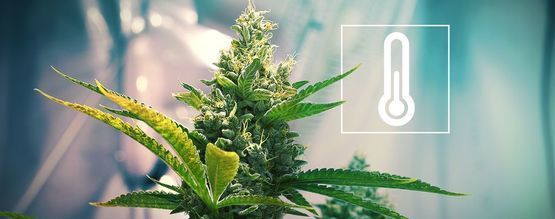 3 min
13 June 2019
Temperature In The Cannabis Grow Room
If you want to grow cannabis successfully, you need to keep a close eye on various environmental factors. Among these is the temperature in your grow room. For your cannabis to thrive, you need to...
3 min
13 June 2019
Temperature In The Cannabis Grow Room
If you want to grow cannabis successfully, you need to keep a close eye on various environmental factors. Among these is the temperature in your grow room. For your cannabis to thrive, you need to...












 United States
United States

